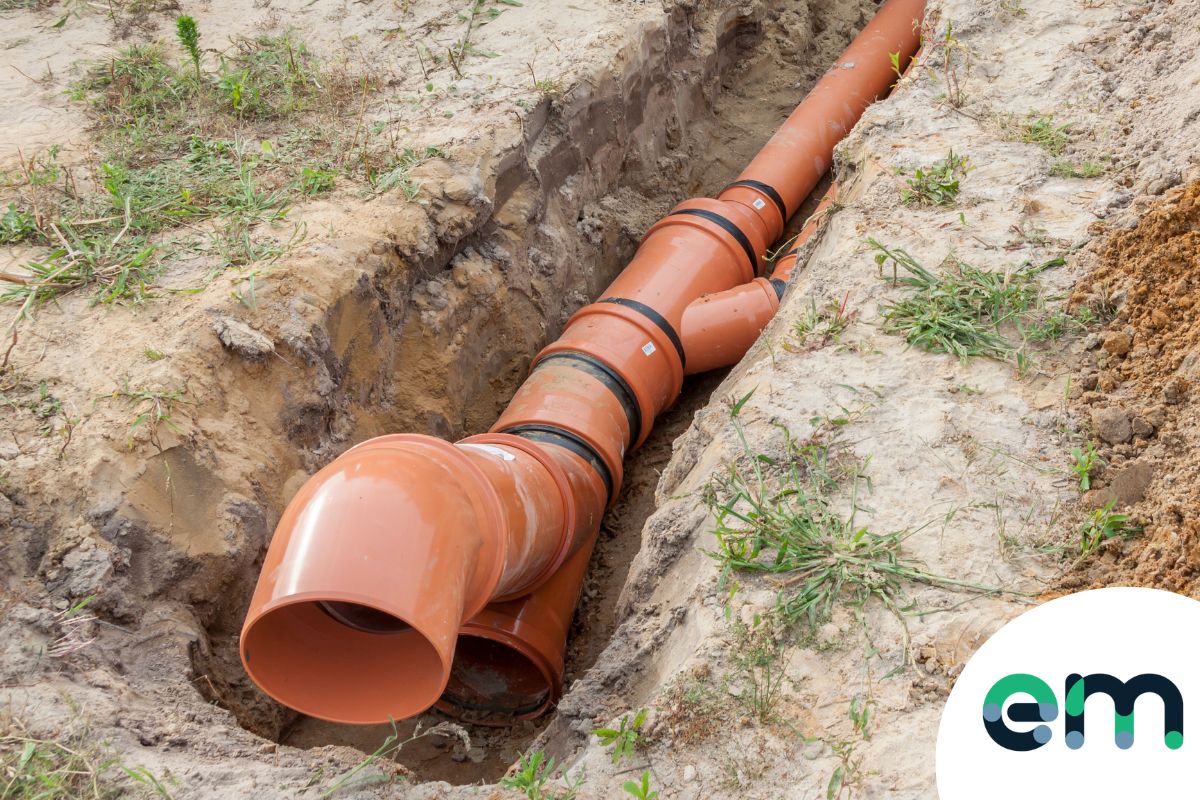Methods to Avoidance of Common Plumbing Issues in Your Home: Authority Insights
Methods to Avoidance of Common Plumbing Issues in Your Home: Authority Insights
Blog Article
They are making several good points regarding 6 Common Plumbing Problems and How to Fix Them overall in this article which follows.

Intro
Maintaining a functional plumbing system is critical for a comfy home. By taking safety nets, you can prevent typical plumbing concerns that may interrupt your daily life and incur pricey repair work.
Monitor Water Pressure
Watch on your water pressure to stop stress on your pipelines and devices. High water pressure can bring about leaks and damages with time. Think about installing a pressure regulatory authority to keep optimum water stress throughout your home.
Inform Household Members
Educate every person in your home regarding correct plumbing practices. Teach them what must and should not be flushed or disposed of down the tubes to prevent preventable plumbing troubles.
Protect Pipelines from Cold
Throughout winter, take steps to avoid your pipelines from cold. Shield revealed pipes, particularly those in unheated locations like cellars and attic rooms. Enable faucets to drip during freezing temperatures to avoid water from freezing in the pipes.
Address Leaks Promptly
Deal with any leakages or trickles as quickly as you notice them. Also small leaks can waste water and cause damage to your home gradually. Tighten up loosened installations or replace worn-out seals to prevent leaks from getting worse.
Regular Upkeep Checks
Frequently checking your plumbing system is necessary for identifying possible concerns prior to they rise. Examine pipelines, taps, toilets, and devices for leaks, corrosion, or indicators of wear and tear.
See What You Flush
Be mindful of what you flush down your toilets. Stay clear of purging items such as wipes, cotton rounds, hygienic products, and paper towels, as these can trigger blockages and backups in your pipelines.
Correct Disposal of Grease and Food Waste
Dispose of oil, oils, and food scraps effectively to stop build-up in your pipelines. Stay clear of putting oil down the tubes, as it can solidify and trigger blockages. Make use of a filter in your cooking area sink to capture food bits and empty it frequently.
Be Gentle with Plumbing Components
Avoid utilizing excessive force when running plumbing fixtures such as taps and shutoffs. Rough handling can cause deterioration, resulting in leakages and various other malfunctions.
Regular Drainpipe Cleaning
Schedule normal drainpipe cleaning to prevent accumulation of hair, soap residue, and various other debris. Make use of a drainpipe snake or enzymatic cleaner to eliminate obstructions and maintain smooth water drainage.
Mount Water Softeners
Take into consideration installing a water softener if you have tough water. Tough water can trigger mineral accumulation in your pipes and home appliances, causing decreased water flow and effectiveness.
Conclusion
Preventing usual plumbing problems in your house calls for diligence and routine upkeep. By adhering to these safety nets, you can make certain that your plumbing system operates smoothly and stay clear of costly fixings in the future.
Expert Tips for Preventing Common Plumbing Issues
Keep Drains Clear and Functional
Regularly clean drain covers and hair-catching devices to eliminate debris and prevent buildup. Avoid disposing of grease, oil, or coffee grounds down your drains, as they can congeal and accumulate over time, creating obstructions. Consider using a biodegradable drain cleaner periodically to break down organic matter and maintain clear pipes. Prevent and Identify Leaks Early
Regularly inspect visible plumbing connections, pipes, and fixtures for signs of moisture or corrosion. Fix loose connections or replace damaged components as needed. Install water leak sensors in high-risk areas such as under sinks, near water heaters, and around washing machines to provide early warning of potential leaks. Monitor your water bill for sudden increases in usage, which may indicate a hidden water leak. Protect Plumbing from Freezing Temperatures
Allow faucets to drip slightly during extremely cold weather to prevent freezing and pressure buildup inside the pipes. Seal gaps and openings in walls, doors, and windows near plumbing to prevent drafts from reaching your pipes. Maintain Optimal Water Heater Performance
Schedule annual professional maintenance of your water heater, including checking pressure-relief valves, flushing sediment buildup, and inspecting for corrosion or leaks. Maintain the manufacturer-recommended temperature setting, typically around 120°F (49°C), to optimize energy efficiency and prevent scalding. Consider installing an expansion tank in your system if you have a closed-loop water supply, which prevents excessive pressure buildup and potential water heater failure. https://www.climatecontrolkc.com/blog/plumbing/tips-for-preventing-plumbing-issues/

As a devoted person who reads about 6 Common Plumbing Problems and How to Fix Them, I figured sharing that piece of content was really helpful. In case you appreciated our article if you please do not forget to pass it around. Thank you for your time. Return soon.
Schedule Estimate Report this page